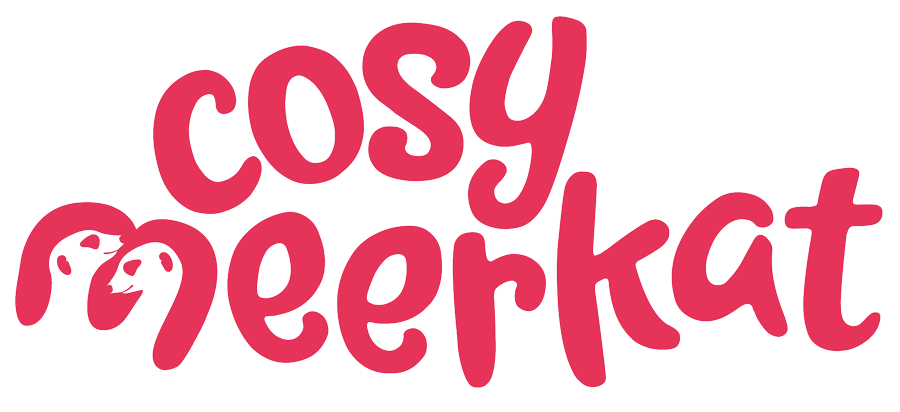Why smaller organisations win at internal comms (and how bigger ones can, too)
We’ve always respected the clarity, connection, and agility that smaller organisations bring to internal communication. Now, the IC Index 2025 shows us exactly why they shine, and how larger companies can follow their lead to build stronger employee trust, engagement, and more effective communication strategies.
Small teams, big impact
In organisations with between 500 and 999 employees, internal comms consistently outperforms what we see in larger, more complex environments when it comes to care, clarity, and leadership communication.
They explain change with thoughtfulness. They actively welcome employee feedback. And they speak openly about topics like generative AI in the workplace.
In these mid-sized organisations:
72% of employees say their employer shows how feedback leads to action
In contrast, just 43% say the same in organisations with over 10,000 employees
The story is similar when it comes to culture:
Over three-quarters of employees in smaller companies say feedback is genuinely welcome
That figure drops to around 50% in the largest organisations.
What small organisations do so well
They keep it human
Leadership isn’t distant. It’s visible, honest, and accessible. Teams hold live Q&As, run open forums, and genuinely listen. People feel heard.They close the feedback loop fast
Ideas are gathered, action happens, and leaders follow up:
“Here’s what we heard. Here’s what we’re doing.”
That speed builds credibility and trust.They recognise each other
In teams of 500 or fewer, appreciation is more natural. A quick shout-out or team spotlight boosts morale and strengthens connection.
Of course, these things can be easier in a smaller business (fewer layers, less noise, more agility). But these aren’t just “nice-to-haves” that vanish at scale. They’re strengths worth protecting and designing for as organisations grow.
For larger companies, scaling internal communication should focus on deliberately creating systems for connection, clarity, and responsiveness, even across thousands of employees.
How we help larger organisations borrow the best of small-team comms
At Cosy Meerkat, we love helping bigger organisations rediscover the warmth, clarity, and responsiveness that makes internal comms in small teams so effective. Here’s how we do it:
1. Authentic leader communication
Smaller companies thrive when leaders show up as themselves. Unscripted, honest, and human. We help larger organisations replicate that through:
Thoughtfully designed live Q&A sessions
Small-group roundtables
Short, sharp video messages.
These formats build visibility, leadership trust, and employee connection at scale.
2. Visible feedback frameworks
In organisations of 500–999 people, 72% say their feedback is acted on. In companies over 10,000, that drops to 43%.
We help close that gap with clear “You said → we did” frameworks. From pulse surveys to follow-up comms, we build transparent feedback loops that show real action and not just “listening.”
3. Scaled, human connection through recognition rituals
In small teams, employee recognition feels natural. In larger ones, it can get lost or feel forced. We help embed personal, timely, meaningful moments through:
Shout-outs in newsletters
Peer-nominated tokens
Thoughtful “thank you” rituals in meetings.
This kind of peer-to-peer recognition strengthens culture, boosts morale, and supports retention.
Why does this matter?
The IC Index 2025 is clear: when feedback is ignored or leadership feels distant, employee trust suffers.
But even the largest companies can build genuinely human internal communications with the right strategy, tools, and support.
This year’s Index raised plenty of big themes: trust, transparency, leadership visibility and AI. But this one stood out: smaller organisations are consistently delivering better employee experiences.
Not because they’re perfect. But because they’re close:
Close to feedback
Close to frontline reality
Close to the pulse of their people.
So the takeaway for larger organisations isn’t “be small.”
It’s: stay close, even as you scale.
Keep feedback loops short
Keep leadership communication real
Build structure around connection - not in spite of it.
That’s the challenge the research gives us. And for us, it’s also the opportunity.
Because with the right intention - and the right design - big doesn’t have to mean distant.
If this research resonates, we can help.
Get in touch to explore how we can support you with internal communication strategy, leadership messaging, and creating more connected workplaces.
